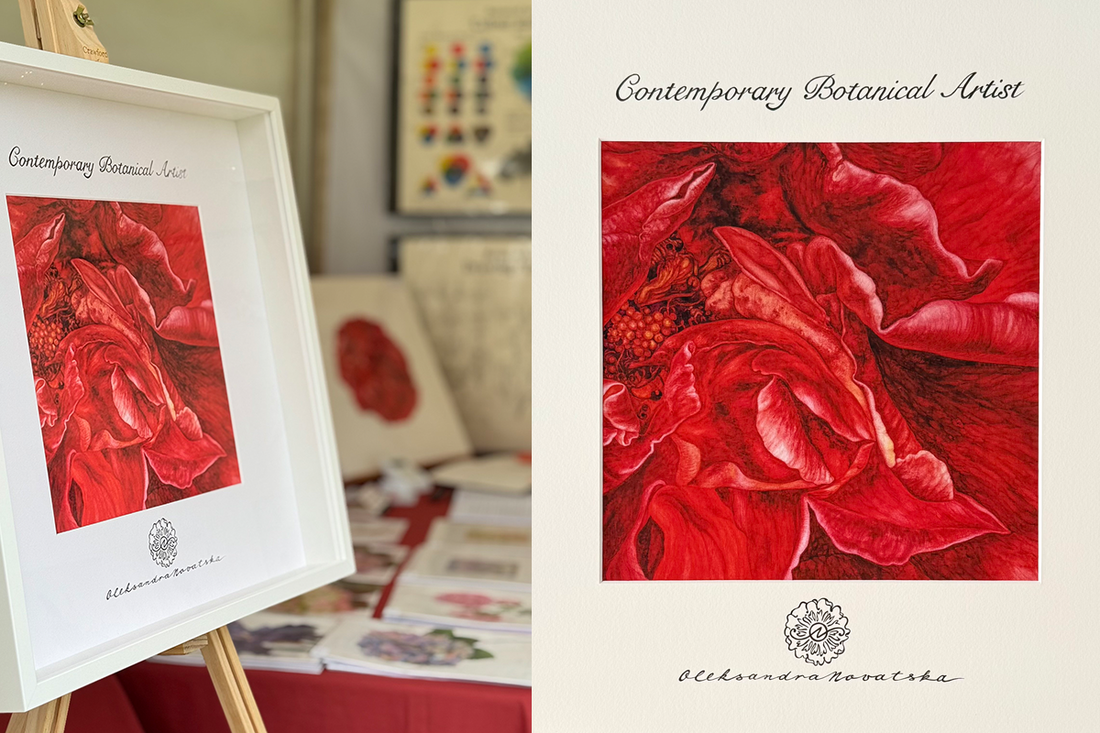
Contemporary vs Traditional Botanical Art
Share
Botanical art has always stood at the beautiful intersection of science and artistry. While traditional botanical illustration flourished as a vehicle for scientific documentation, contemporary botanical art brings innovation, emotion, and conceptual depth to the genre. Let's explore the evolution and distinctions between these two styles, and why both remain essential today.
Traditional Botanical Illustration
· Focused on scientific accuracy, showing the plant’s anatomy, scale, and life cycle in fine detail.
· Typically drawn in pen, ink, or watercolour on white backgrounds, often for field guides or classification.
Contemporary Botanical Art
· Still rooted in botanical accuracy, but explores artistic expression and storytelling.
· Artists experiment with bold color, unusual compositions, diverse media, and even conceptual or abstract approaches.
· Themes often highlight conservation, biodiversity, and our connection to nature.
Both traditional and contemporary botanical art celebrate the beauty of plant life—but they do so in different ways:
|
Style |
Purpose |
Aesthetic Focus |
Media & Techniques |
|
Traditional |
Scientific documentation |
Anatomical accuracy |
Pen, ink, watercolor, strict scale |
|
Contemporary |
Artistic, conceptual expression |
Aesthetic, emotional, thematic |
Diverse media, abstract, modern support |
Why Both Matter
Traditional botanical illustration educates and records; contemporary botanical art inspires and provokes thought. Together, they show us not only what plants are, but what they mean.
